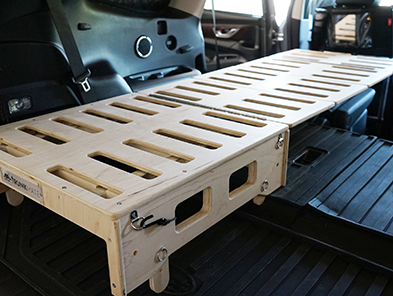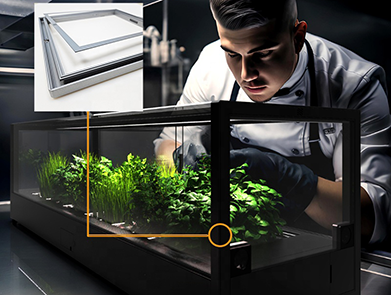Common Surface Treatments for Aluminum Profiles
2025-07-21
In the production and application of aluminum profiles, surface treatment plays a critical role in determining product appearance, corrosion resistance, durability, and performance. Among the many treatment options available, anodizing, powder coating, and wood grain transfer are the three most widely used methods. Below is a professional comparison to help customers make informed choices.
1. Anodizing
Technical Overview:
Anodizing is an electrochemical process that forms a dense, protective oxide layer on the surface of aluminum. This layer improves corrosion resistance, surface hardness, and wear resistance.
Key Benefits:
1.Natural metallic finish with a refined appearance
2.Enhanced corrosion resistance and long-term stability
3.Increased surface hardness, ideal for technical and mechanical use
Typical Applications:
Industrial profiles, equipment frames, automation components, rail systems, electronics housings
2. Powder Coating
Technical Overview:
Powder coating involves the electrostatic application of dry powder paint, followed by high-temperature curing. This results in a thick, uniform, and decorative coating that adheres strongly to the aluminum surface.
Key Benefits:
1.Wide variety of colors and finishes available
2.Durable surface with excellent impact and abrasion resistance
3.Superior weather resistance, suitable for outdoor environments
Typical Applications:
Architectural profiles, doors and windows, curtain walls, outdoor shading systems, fences and railings
3. Wood Grain Transfer
Technical Overview:
Wood grain transfer is a post-treatment process performed after powder coating or anodizing. It uses heat and vacuum pressure to transfer wood-like patterns onto the surface of aluminum profiles.
Key Benefits:
1.Realistic wood texture for a premium decorative look
2.Ideal for residential and landscape applications
3.Combines design flexibility with aluminum’s durability
Typical Applications:
Balcony railings, garden gates, decorative window and door frames, villa exteriors
Conclusion
Each surface treatment method has its own unique advantages.
1.For industrial applications, anodizing is recommended due to its functional performance and cost efficiency.
2.For outdoor and architectural projects, powder coating offers superior durability and color flexibility.
3.For high-end residential or aesthetic needs, wood grain transfer provides the visual appeal of natural wood with the strength of aluminum.
If you are unsure which surface treatment is best suited for your project, our team is ready to provide expert consultation and sample customization.


